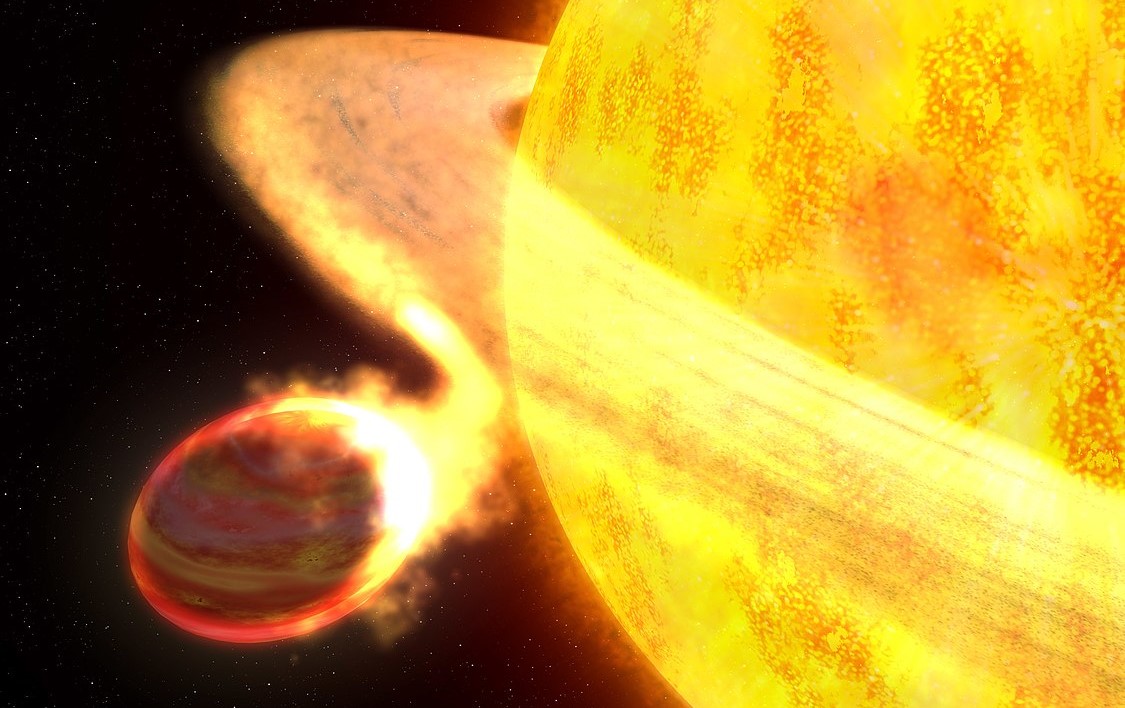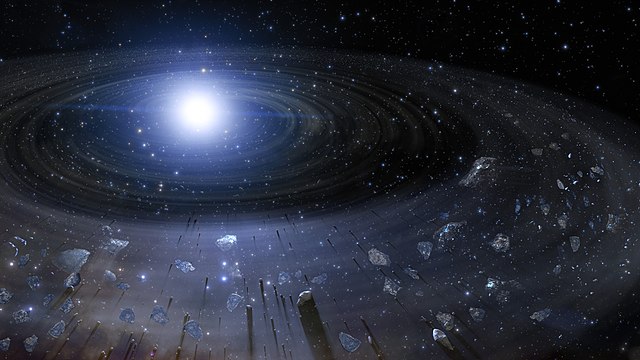
The stars in the distant galaxy of our Milky Way are their long-term committed relationship with each other. Yet, there is one star astrologers and scientists have identified that likes to eat its companion. Unlike the lonely sun, the stars orbit each other in a celestial marriage called a binary system.
Last week, researchers described one of these marriages gone wrong. Evidently, there is a twosome that borders on the extreme, with the pair revolving around each other every 51 minutes. This is the fastest known orbital period for a rare class of binary stars.
The two, now rival stars, are located about 3,000 light years from Earth in the direction of the constellation Hercules with a light year being the distance light travels in a year, 5.9 trillion miles (9.5 trillion km).
“Cataclysmic variables” class of stars linked to the scandal
Astrologers have linked the conflicting stars to a class of binary stars known as “cataclysmic variables”. These variables consist of a star similar to our sun which orbits close to what they call a white dwarf. These are basically a hot and compact core of a burned-out star.
The terminology Cataclysmic and variable refers to the fact that this luminosity changes dramatically – by a factor of 10,000 or more in some cases and that their combined brightness varies over time when viewed from Earth respectively.
The distance between these two stars has narrowed over millions of years. They are now closer together than the moon is to Earth.
Kevin Burdge astrophysicist at Massachusetts Institute of Technology and lead author of the study said, “Imagine if the moon zipped across the sky 10 times a night. That’s the kind of speed we are talking about”.
There are more than a thousand known cataclysmic variables, though only a dozen have orbital periods below 75 minutes.
Closeness of stars does not justify a committed relationship
Although astrologers have noted that the stars are close to each other, this does not necessarily mean they are nice to each other however. For example, the white dwarf is mercilessly siphoning material from its partner.

The temperature of this larger star is about the same as the sun. Nevertheless, that is only bout 10% of the sun’s diameter. That is about the size of our solar system’s largest planet Jupiter.
The white dwarf has a densely packed mass of about 56% that of our sun. Its diameter is about 1.5 times the earth’s.
Burdge said, “It’s an old pair of stars, where one of the two moved on – when stars die of old age they become white dwarfs – but then this remnant began to eat its companion”.
“Basically, they were bound together for 8 billion years in a binary orbit. And now, right before the second one could end its stellar life cycle and become a white dwarf in the way that stars normally do – by evolving into a type of star called a red giant – the leftover white dwarf remnant of the first star interrupted the end of the companion’s lifecycle and started slowly consuming it,” he added.
Stars in galaxy composed of hydrogen with less helium
The researchers identified that most stars in our distant galaxy are composed primarily of hydrogen, with lesser amounts of helium and other elements.
The largest of the two stars in this binary is unusually helium-rich and already growing old.
This is so not only because its companion has snacked on the hydrogen from its outer layers, but also because it has lots of this element in its core through the slow process of fusing hydrogen atoms into helium in its thermonuclear caldron.
Because its size has physically deformed it, the larger star is bent into a teardrop shape. This then causes the binary system to periodically brighten and fade in part rather than spherically. This is due to the white dwarf’s gravitational tug.
While this binary system’s 51 minutes is speedy, it is not a record compared to other binaries classes. The fastest-known orbital period among binaries is just 5 minutes and 21 seconds, with two white dwarfs orbiting one another.
Burdge said, “There is tons of wild stuff going on in space,”
The researcher used data from the Palomar Observatory in California and telescopes in Hawaii and the Canary Islands to analysis the findings.
See all the latest news from Greece and the world at Greekreporter.com. Contact our newsroom to report an update or send your story, photos and videos. Follow GR on Google News and subscribe here to our daily email!



